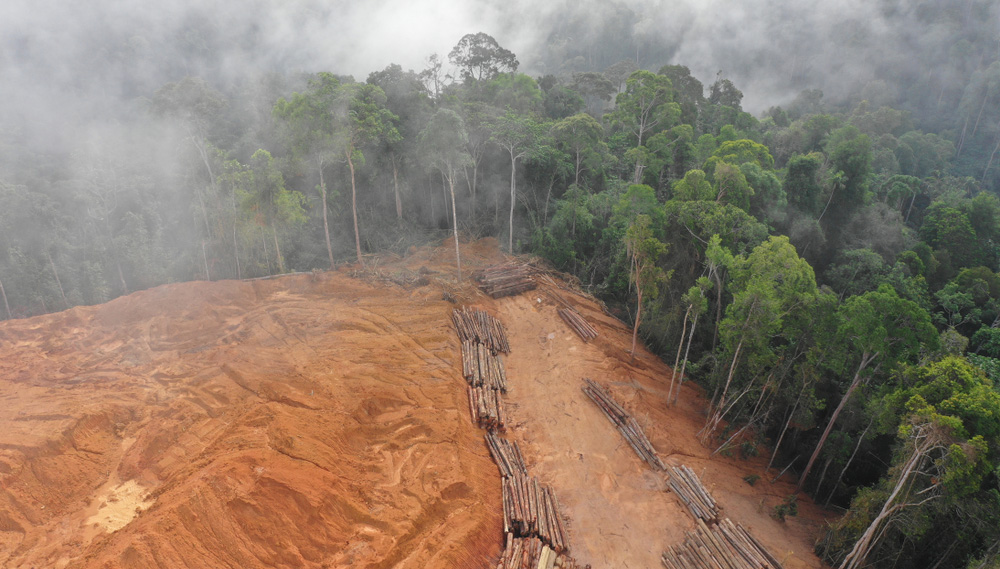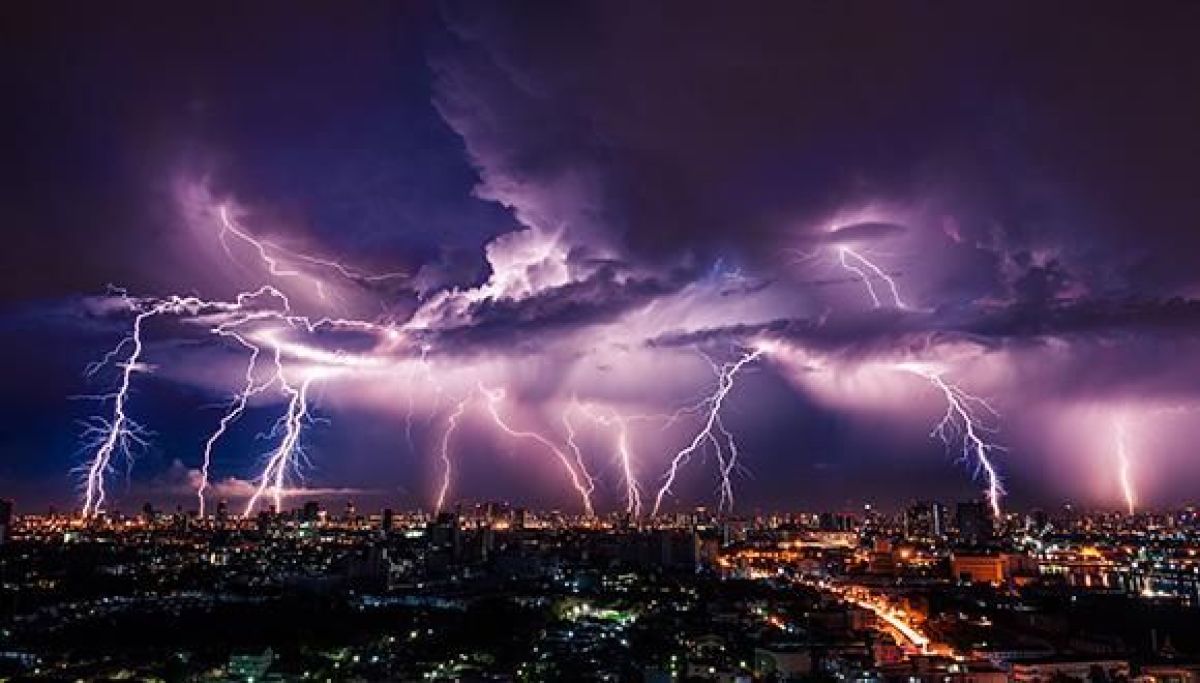Tag: Environment
Food for thought
Solving the climate crisis may start with what’s on your plate
By 2023, 8 billion people are expected to be living on Earth, and we’ll all be facing a serious challenge: how to feed everyone. We spoke with some of the experts at Tel Aviv University about how our choice of what to put on our plates can affect the rainforests on the other end of the globe.
Humanity in crisis
The idea of food security is that every person has the right to receive and obtain enough food to sustain them in good health over time. But even today, our planet is already struggling to keep up with demand, and we keep hearing reports of damage and depletion of basic resources like fresh water, usable territory, and energy. So how will we feed 9 billion people, a decade from now? “The food security crisis is considered a global problem,” explains Prof. Nir Ohad, head of the Manna Center for Food Safety and Security at Tel Aviv University. “In many parts of the world, the three basic conditions for food security do not exist: availability, production and accessibility. We’ve also had periods of austerity in Israel, where store shelves were empty and products were rationed. Today, thankfully, the situation is different, but take a country like Venezuela, which is rich in resources, but today is facing an economic collapse and suffering from severe problems related to food.”
What causes a crisis of this magnitude? According to Dr. Hagit Ulanovsky, from the Porter School of Environmental Studies, an expert on environmental and health risk management and one of the founders of the Israeli Forum for Sustainable Nutrition, there are many reasons: “Efficient agriculture requires environmental resources: soil, water, sunlight, fertilizer and more. But it doesn’t end there. The food production process doesn’t stop there, there’s also transporting the food and marketing it, which requires many additional resources. All of this adversely affects the environment: destroying the rainforests, soil erosion, pollution of the environment with excess fertilizers and pesticides, using up a lot of water, and greenhouse gas emissions in significant quantities, just like the industrial, transport or energy sectors.”
Recently, the headlines were dominated by huge fires in the Amazon rainforests, considered the “green lung of the Earth,” caused largely by the world’s growing demand for meat. Extensive forest areas were destroyed to make room for cattle. “The environmental cost of raising animals for food is huge,” explains Dr. Ulanovsky. What’s even more sad is that it’s not worthwhile. The high environmental cost is due to low ‘conversion efficiency’. For example: for every 100 calories the chicken eats, we will get about 15 calories in the egg it lays. For every 100 calories a cow eats, we only get about 3 calories! Where did the rest of the energy go? To sustain the life processes of a cow: breathing, digestion, movement, etc. Conversely, if we grow on the same soil and with the same amount of water food that is suitable for humans instead of animal feed – then we can eat 100 calories of that food and… actually get 100 calories.”

Stop now, before it runs out. The process of burning rainforest for the benefit of raising cattle.
Dr. Ulanovsky continues: “In light of increasing climate change, and in response to the worsening environmental pollution worldwide and especially in Israel, concerns about food insecurity are rising not only at the individual level, but also at the national level: extreme weather events will damage agricultural produce, soil and water. Pollution will seep into the vegetables we eat, new plant diseases will attack the fields and orchards. Disaster on the other side of the world will greatly affect our food security here, because most of the food we eat is imported from overseas, and therefore a reduction in production in Argentina or Ukraine will not only raise prices but may prevent food exports to Israel,” she concludes.
This is how the vicious cycle works: meat consumption in Israel is driving demand, which is accelerating the process of growing and production in distant countries like Argentina and Australia, and the environmental cost of the meat industry is rising. So how do we get out of the loop? One of the solutions offered by Prof. Ohad and Dr. Ulanovsky in their courses at Tel Aviv University is a shift to a sustainable diet.

There’s not enough for everyone. Empty food bowls in areas in a country in crisis.
The solution: less meat
The first thing people can do is make smart dietary choices. “Each of us has the ability to make a positive impact on the Israeli and even the global food system,” explains Dr. Ulanovsky. “We need to do all we can to preserve environmental resources, to enable continued healthy food production. This is especially important in the dense and small state of Israel, where the birth rate is particularly high. Israel is recognized worldwide as the startup nation, but not everyone knows that it is also the world leader in the most up-to-date nutrition guidelines, both health-wise and environmentally.”
Dr. Ulanovsky’s recommendation is to start with a simple step – to choose what to put in the kitchen and the dish you’re making. “This choice has a lot of power and the ability to make a difference. The new nutrition guidelines issued by the Ministry of Health in Israel include health considerations, and also present the environmental aspects of our dietary choices,” she says.
It turns out that health and environmental protection are overlapping concerns when it comes to culinary choices. “There are different approaches to determining a healthy diet, and the most well-tailored for our region is the Mediterranean diet, recommended by the Ministry of Health, where you eat lots of fruits and vegetables and add dairy and meat products in a balanced way,” Prof. Ohad says. “Vegetarian and vegan diets, which maintain the same nutritional balance of meat, dairy and egg substitutes, also help maintain a healthy lifestyle, sustainable agriculture and the environment. These diets are taking up ever-increasing space, which is a good thing.”

A healthy diet that also helps the environment – a diet rich in vegetables, fruits and legumes
“Veganism is the best diet for the environment, and it is suitable and healthy for most people, although it is recommended to get professional nutritional advice in the process of transitioning to it,” Dr. Ulanovsky explains, adding, “However, many people find it difficult to give up animal products, and not everyone can make the change. But if each of us starts small and makes a gradual change, together we can make a difference to our planet.”


